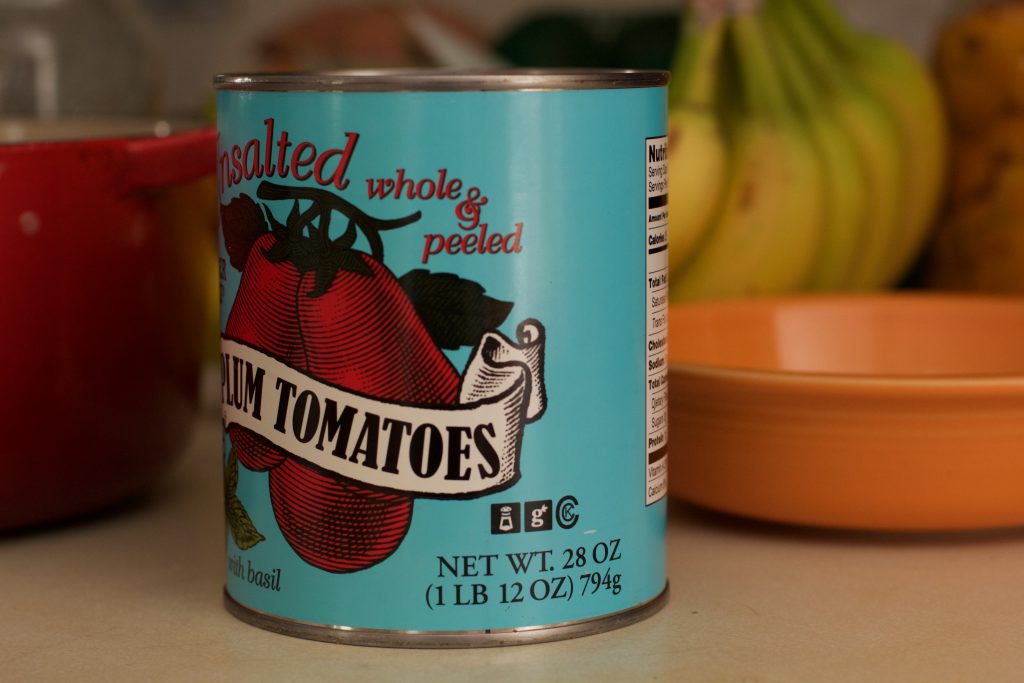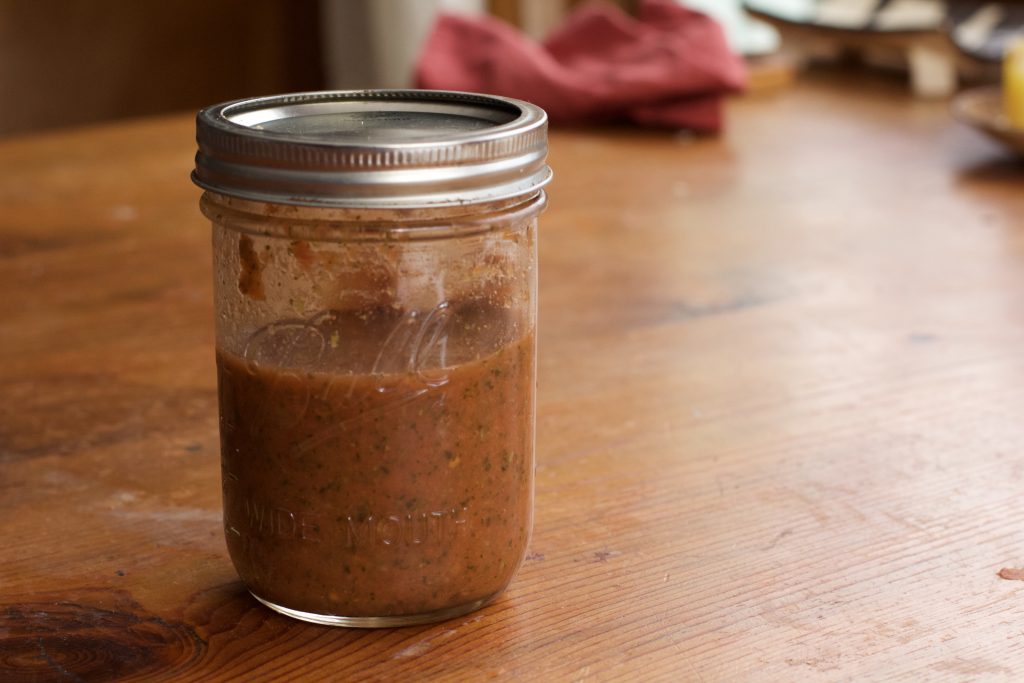While it Sleeps Beneath the Snow


A week into the new year, I managed to send a book proposal to a few agents and order 31 fruit trees, berry plants, and other perennials to plant on our property. A couple of days after these accomplishments, everyone in our house fell sick and I haven’t gotten much done since then. But we’re all on the mend, cheered by a layer of snow on the ground (not enough, but it’s a start) and keeping cozy by the wood stove when we’re not playing in the snow.
I’m trying to really take in the stillness, the slower pace of this winter month, savoring the lack of plans and activities and hoping this stretch of not-busy weekends will keep me from stressing when our schedule fills up in the spring and summer. Delicate snowflakes sprinkle the bare branches of the crab apple trees behind our house while the ground is entirely blanketed in white, a calm but stark contrast to the brilliant greens and tall stalks of summer. Few days go by when we don’t talk about harvesting from our strawberry plants out the back door, though I worry that because I didn’t manage to mulch them, they might not survive the cold. Few days go by when I don’t think about the digging, planting, building and transforming we hope to do to our property this summer. So much hope and inspiration pinned on the truly short season but what would I do without those summer dreams? Here, at the other end of the cycle, it is the time for rest and reflection, for planning and dreaming, but also for enjoying the very different rhythm that winter brings. I often think of winter as the antidote to the intensity of summer but beyond the opportunity live at a slower pace it is also a season to enjoy just as it is. When we’re not playing in the snow, skating on the ice, or making the most of coziness, I am grateful for the work of summer for providing some of the color and nourishment so we can still enjoy tastes of the garden while it sleeps beneath the snow.
After all the pickles and tomatoes that I preserved last summer, I realized the true extent of the work it will take to can and preserve most of the food for our family. It has long been a goal of mine to grow as much of our food as we can but now I have a greater understanding of how much time and energy will go into this endeavor. Still, the possibility of filling our shelves and freezer with food grown right outside our door is exciting for so many reasons. I love nothing more than eating delicious food and preparing good meals but it goes beyond just feeding my family. Growing food at home can be one tiny part of the vast network of solutions we need to find to mitigate and adapt to climate change, which makes the work feel even more important and fulfilling.
One of the crucial parts of preserving food is finding ways to use it and make sure it is eaten and enjoyed. I wasn’t sure if canning whole tomatoes from our garden would be a worthwhile pursuit since I remembered the tomatoes I canned a few years ago tasted watery and mediocre compared to the canned whole tomatoes at the store. Fortunately, I was really happy with the way the tomatoes from our garden turned out after canning them. A jar of tomatoes is a blank canvas ready to be turned into pasta sauce, spread onto pizza dough, or mixed into a delicious fresh salsa that keeps me from missing summer too much.
Quick Fresh Salsa
For the several years that I managed to can jars of salsa, I felt rich every time I pulled a jar of salsa from the cupboard, the expense and work already tucked away. After I started making this quick fresh salsa I realized that it didn’t take much more work for something that tasted so fresh it could, for a moment, transport me away from my winter kitchen.
I always have canned whole tomatoes on hand for sauce, salsa, and soup. The recipe below is based on a 15 ounce can of tomatoes, though I usually buy larger ones and if I don’t use the whole can, I freeze the rest until I am ready to use them. If you have extra cilantro, from your garden or the store, you can puree it with some garlic, lime juice, olive oil and salt and keep in the freezer to add bit by bit, to another batch of salsa or beans.
As with most of my recipes, consider this a guideline and adjust flavors and quantities to your taste. Sometimes I only use onion, sometimes only garlic, sometimes both. If you don’t like cilantro, you can use parsley and oregano instead.
1 15-ounce can of whole peeled or diced tomatoes
1/2 of one small onion roughly chopped, about 1/3 cup
1 clove of garlic, minced
1/2 cup loosely packed fresh cilantro (stems included)
1 tablespoon lime juice or apple cider vinegar
Diced jalapeño pepper (add a small amount and increase if you like heat)
A sprinkle of cumin
Salt to taste
Blend all ingredients in a blender, food processor or with an immersion blender. A quicker blend will make a chunkier salsa, longer will make it more smooth. Store in an airtight container in the fridge for up to a week.
